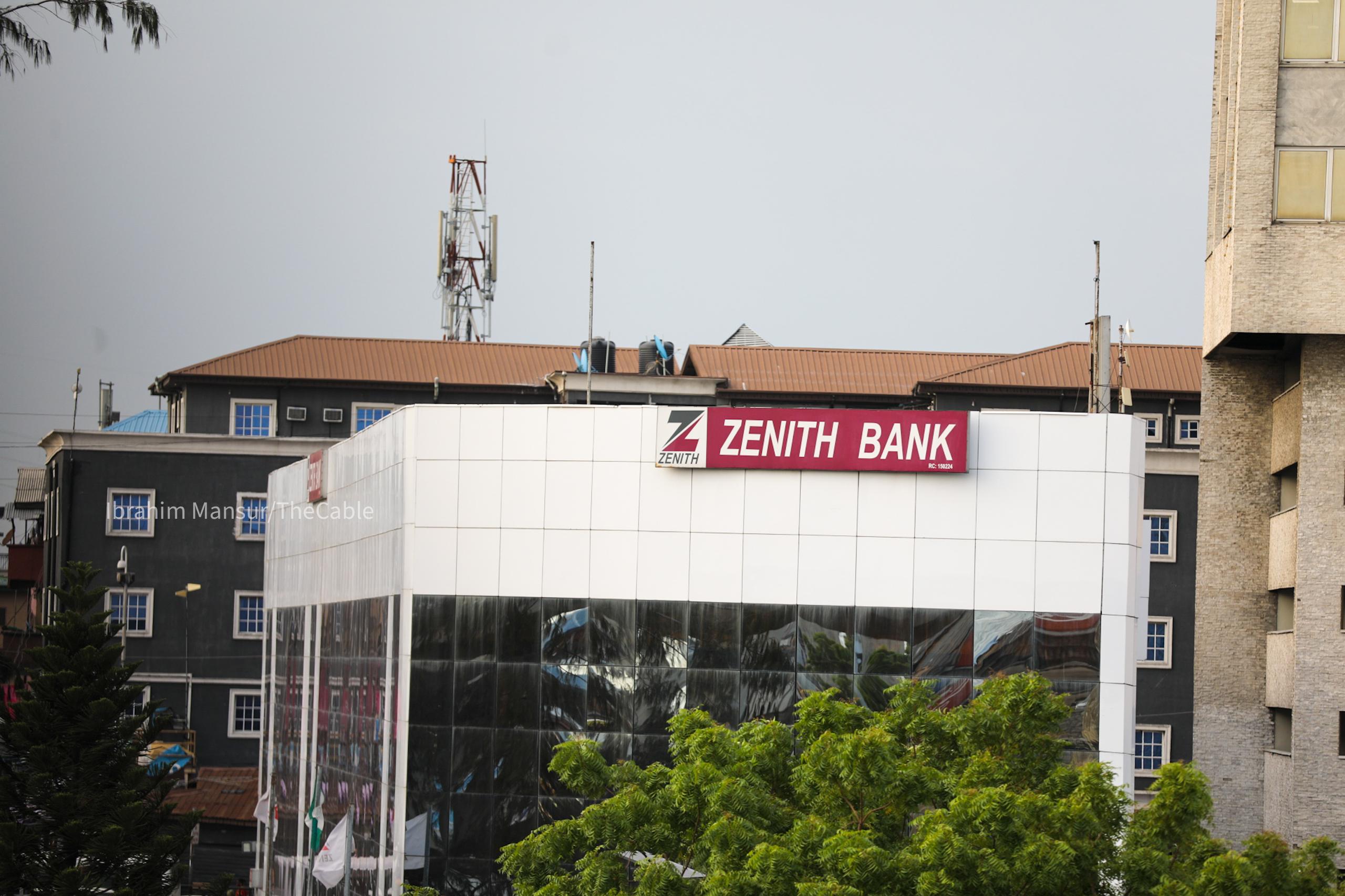
The market’s muted tone comes as geopolitical tension escalates. Concerns are mounting over a potential U.S. entry into the ongoing Israel-Iran conflict. Investors are bracing for ripple effects that could spread across global markets if tensions turn into direct military action.
As of the latest premarket update: Major ETF proxies also reflect modest shifts:

Here are some of the top premarket gainers making big moves: Premarket losers are seeing sharp declines, many due to earnings misses, downgrades, or capital concerns: Some of the most watched names in the S&P 500 and Nasdaq are seeing notable moves:
🔺
🔻Global markets have been volatile since conflict erupted between Israel and Iran last week. The situation intensified Tuesday when President Donald Trump warned, “Our patience is wearing thin,” during a national security briefing. This sparked widespread speculation that the U.S. may join Israel’s military offensive.
According to reports, Iran has prepared its missile systems to strike U.S. bases in the region if American forces intervene. Tehran also stated that any U.S. involvement would be met with a “firm response,” highlighting the growing threat of wider war. These developments have raised serious concerns among market participants, who fear that military escalation could disrupt global trade and energy supplies.
Oil prices, often a barometer of geopolitical stress, saw some recovery after early losses on Wednesday. After dipping nearly 1% earlier in the day, Brent crude futures (BZ=F) climbed back above $76 per barrel, while West Texas Intermediate (CL=F) traded slightly above $75 per barrel.The bounce reflects the market’s anticipation of potential supply disruptions in the Middle East. Any U.S.-Iran conflict could impact shipping lanes and oil production, especially around the Strait of Hormuz, a key chokepoint for global oil exports.
Amid these rising geopolitical tensions, investor focus is also locked on the Federal Reserve’s interest rate decision, scheduled for 2 p.m. ET Wednesday. Most analysts expect the Fed to keep rates steady, but the spotlight will be on the dot plot, which indicates policymakers' projections for future rate moves.With economic pressures building from Trump's aggressive tariff and trade strategies, Wall Street is eager to see whether two rate cuts in 2025 remain likely. Fed Chair Jerome Powell’s press conference following the announcement is expected to provide additional clarity on how the central bank views inflation risks, global uncertainty, and economic resilience.
Alongside the Fed decision, investors are awaiting the latest weekly jobless claims report for insights into the strength of the U.S. labor market. A sharp rise in claims could signal cooling job growth, while steady numbers might suggest continued economic momentum despite international and domestic pressures.The jobless data, though routine, carries more weight today given the combined effect of Trump’s trade policies, potential military involvement overseas, and the Fed’s next moves. All eyes are on whether these external pressures are beginning to dent job security for Americans.
Today’s stock market outlook is being shaped by a perfect storm—rising Middle East tensions, President Trump’s aggressive stance, rising oil prices, and the uncertainty surrounding the Federal Reserve’s policy direction.
Investors are trying to read between the lines: Will the U.S. strike Iran? Will the Fed shift its tone? Will jobless numbers reveal hidden cracks in the economy?
Q1: Why is the stock market flat today?Because investors are worried about U.S. involvement in the Israel-Iran conflict and waiting for the Fed’s rate decision.
Q2: What time is the Fed interest rate decision today?
The Federal Reserve’s policy decision is expected at 2 p.m. ET today.
Read More News on
(Catch all the US News, UK News, Canada News, International Breaking News Events, and Latest News Updates on The Economic Times.)
Download The Economic Times News App to get Daily International News Updates.












